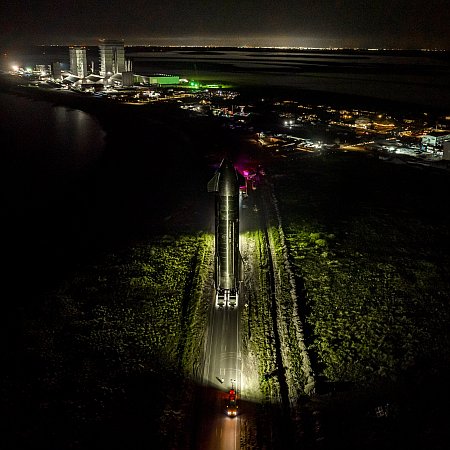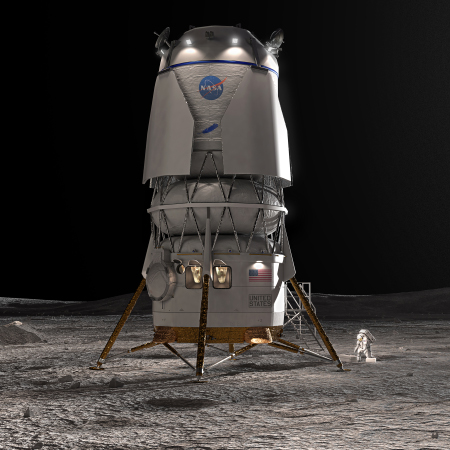SpaceX confirms Starship prototype to fly on next Superheavy test flight
SpaceX has confirmed that it will use Starship prototype #25 to fly on top of Superheavy prototype #9 on the next orbital test flight.
Starship #25 does not include a lot of the upgrades that have been installed on later Starship prototypes, but by using it SpaceX tells us its focus on that next orbital test flight will be to test Superheavy. Using this less capable Starship gets it used and out of the way so that the kinks in Superheavy can more quickly be worked out.
It also means SpaceX’s prime focus on that second flight will not be reaching orbit, though the company will try nonetheless.
The article at the link also notes that this next orbital test cannot take place any sooner than August, based simply on engineering requirements.
Ship 25 is now at the launch site and awaiting a six-engine static fire test, with Elon Musk noting the pad modifications should be complete in a month, ahead of another month of testing before the next test flight.
This gives the FAA two full months to approve the launch license. I predict however that come August, that launch license will still not be approved, and we will still have no clear idea of when that approval will come. Nor should we be surprised if approval does not come before the end of this year.
SpaceX has confirmed that it will use Starship prototype #25 to fly on top of Superheavy prototype #9 on the next orbital test flight.
Starship #25 does not include a lot of the upgrades that have been installed on later Starship prototypes, but by using it SpaceX tells us its focus on that next orbital test flight will be to test Superheavy. Using this less capable Starship gets it used and out of the way so that the kinks in Superheavy can more quickly be worked out.
It also means SpaceX’s prime focus on that second flight will not be reaching orbit, though the company will try nonetheless.
The article at the link also notes that this next orbital test cannot take place any sooner than August, based simply on engineering requirements.
Ship 25 is now at the launch site and awaiting a six-engine static fire test, with Elon Musk noting the pad modifications should be complete in a month, ahead of another month of testing before the next test flight.
This gives the FAA two full months to approve the launch license. I predict however that come August, that launch license will still not be approved, and we will still have no clear idea of when that approval will come. Nor should we be surprised if approval does not come before the end of this year.




